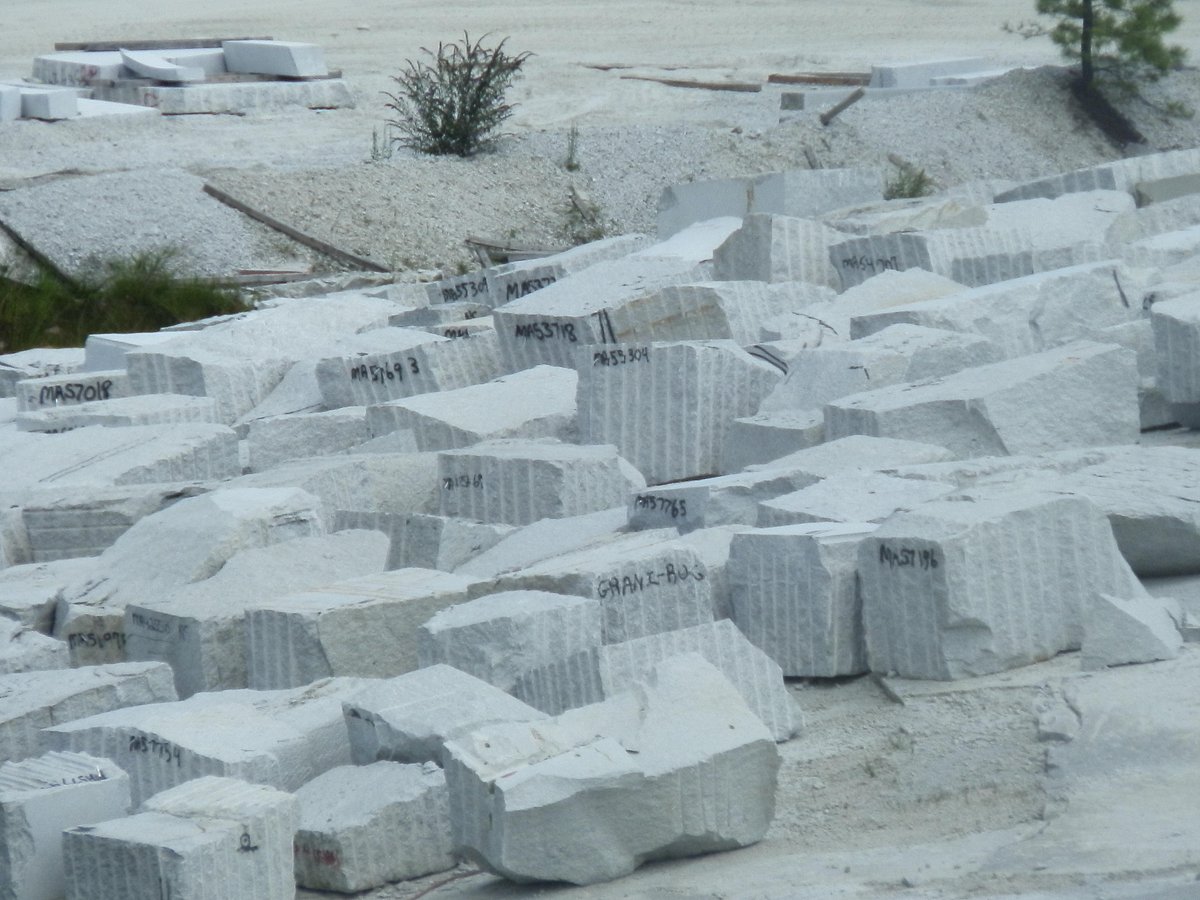Exploring Granite Quarries in South Africa Industry: From Quarry to Masterpiece
Exploring Granite Quarries in South Africa Industry: From Quarry to Masterpiece
Blog Article
Uncovering the Rich Background and Sustainable Practices of Granite Quarrying
As we base on the precipice of revealing the elaborate tapestry of granite quarrying, a trip with time discloses not simply the physical act of removing stone yet additionally the cultural and historic importance woven into the very fabric of this practice. From the old beginnings that laid the structure for modern-day quarrying techniques to the lasting techniques that are forming the future of this sector, each chisel mark on granite surfaces narrates waiting to be unearthed (granite quarries in south africa). The legacy of granite quarrying extends far beyond mere removal; it is a testimony to human resourcefulness, strength, and the enduring allure of this stunning rock
Old Beginnings of Granite Quarrying
Dating back to ancient civilizations, the method of quarrying granite has been an essential component of human background and building advancement. The earliest proof of granite quarrying go back to ancient Egypt, where huge pyramids and detailed sculptures were crafted from this durable stone. The Egyptians used primitive tools to extract granite blocks from quarries, showcasing the importance of this product in their monumental constructions.
Moving on in history, the Greeks also made considerable payments to the quarrying of granite. The Greeks used granite in numerous building marvels, such as temples and sculptures, demonstrating their skill in shaping and carving this hardy rock. The Romans even more refined the strategies of quarrying granite, employing innovative tools like knives and hammers to extract and shape granite for their iconic frameworks.
Through the centuries, the method of quarrying granite has actually developed, with modern innovations enhancing effectiveness while maintaining the timeless charm of this natural stone - granite quarries in south africa. From old people to contemporary contractors, the tradition of granite quarrying remains to form our globe
Development of Quarrying Methods
The advancement of quarrying techniques has actually been marked by a continuous progression towards greater effectiveness and accuracy in extracting granite. From the fundamental approaches employed by our ancestors to the innovative innovations made use of in modern-day quarrying procedures, the industry has actually undertaken significant advancements. Early quarrying strategies entailed manual work with standard devices such as blades, hammers, and wedges to extract granite blocks from the earth. As human beings advanced, techniques like fire-setting and primitive dynamites were introduced to assist in the extraction process.
In more recent times, the introduction of machinery reinvented the quarrying industry, making it possible for quicker removal prices and raised performance. Technologies such as diamond cord saws, high-pressure water jets, and pneumatically-driven drills have ended up being conventional in modern-day quarries, permitting exact cutting and lowered waste. In addition, innovations in computer-controlled equipment and 3D modeling have maximized quarrying operations, resulting in very little ecological influence and boosted sustainability methods. As the demand for granite remains to rise, the advancement of quarrying strategies remains indispensable to meeting industry requires successfully and sustainably.
Cultural Value of Granite
Granite holds a profound cultural value throughout numerous worlds as a result of its long-lasting existence in architectural masterpieces and respected monuments. From the stunning pyramids of Egypt to the intricate carvings of the Angkor Wat holy place in Cambodia, granite has been a material of selection for sharing majesty and durability in social heritage. In old Rome, granite columns decorated temples and public structures, signifying toughness and durability. The social importance of granite prolongs past its physical features; it embodies durability, security, and eternity, making it an icon of withstanding traditions and traditions.

Lasting Practices in Quarrying
Amidst the abundant background of granite quarrying and its social significance lies an expanding emphasis on lasting techniques within the sector. As ecological understanding and issues concerning resource deficiency have enhanced globally, the quarrying field has increasingly embraced sustainable approaches to lessen its effect on the atmosphere and surrounding areas.

Moreover, recovery and rehabilitation of quarry sites post-extraction are indispensable to lasting practices. By bring back quarried areas to an all-natural or helpful state, such as creating wildlife environments or recreational spaces, quarriers can balance out the ecological impact of their procedures and contribute favorably to the regional ecosystem.
Heritage of Granite Quarrying
With a historic backdrop steeped in craftsmanship and industrial development, what enduring effect has granite quarrying left on the landscape of modern society? The legacy of granite quarrying goes beyond mere extraction practices; it has actually shaped architectural wonders, city landscapes, and social heritage worldwide. The durable nature of granite has actually made it a favored selection for monuments, structures, and facilities, standing as anchor a testament to the ability and virtuosity of quarry employees throughout generations.
Furthermore, the financial footprint of granite quarrying can not be neglected. The sector continues to offer job opportunity and drive local economic situations in areas where granite extraction prevails. It has actually additionally stimulated technological developments in quarrying techniques and devices, bring about like this extra effective and lasting methods.
In terms of sustainability, the heritage of granite quarrying includes efforts to alleviate environmental effects through reclamation jobs and liable source monitoring. By stabilizing economic passions with environmental stewardship, the industry makes every effort to make sure that future generations can proceed to benefit from this enduring natural deposit.
Final Thought

Report this page